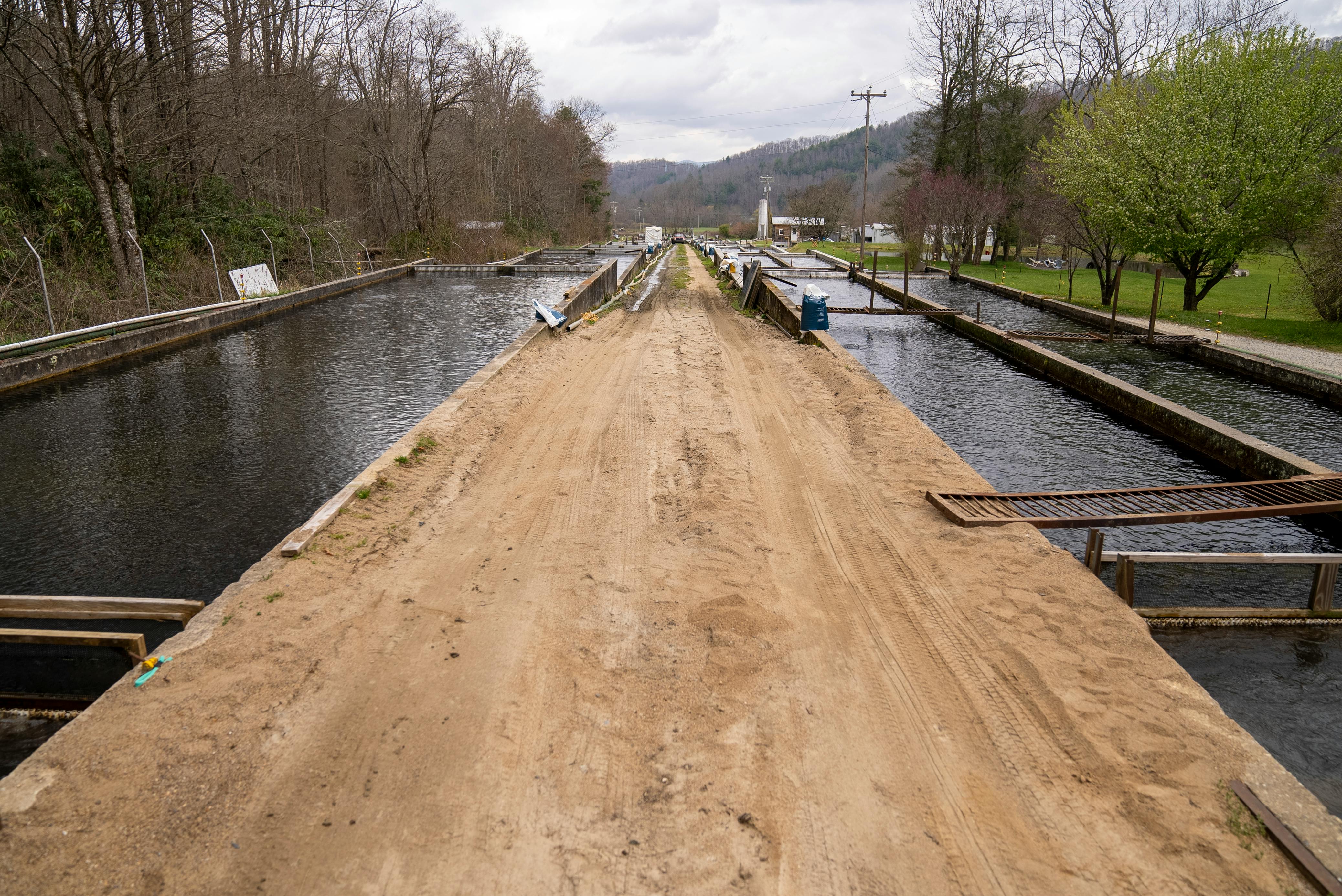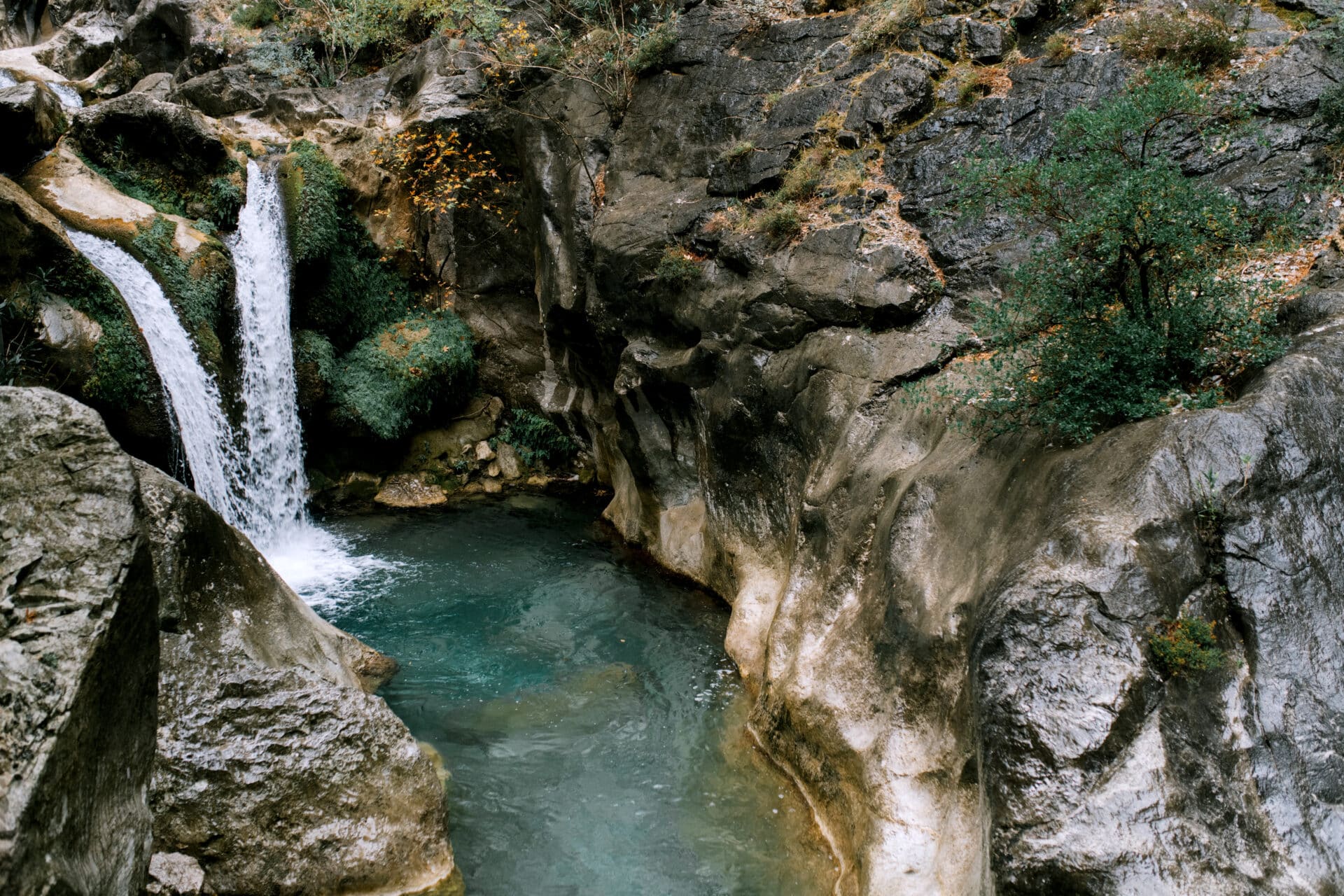Water is an essential part of daily life, but there are differences between different types of water. Distilled water and purified water are two commonly used forms of water, but what is the difference between them? Distilled water and purified water have different processes and end results, so it’s important to know the difference in order to make the best choice for your specific needs. This article will explain the differences between distilled and purified water.Distilled water is water that has been boiled and condensed back into liquid form. It is free of minerals and other impurities, making it a pure form of water. It is often used for medical, laboratory and industrial purposes because its purity makes it ideal for these applications.
What is Purified Water?
Purified water is water that has been treated to remove impurities and contaminants such as bacteria, parasites, and minerals. It is typically produced using one or more methods such as reverse osmosis, distillation, deionization, or other means to make it safe for human consumption. It is often used in medical and industrial settings where clean water is essential for proper function. Purified water can also be used in the home for drinking and cooking purposes.
The process of purifying water involves removing unwanted particles, chemicals, and microorganisms from the source water. This typically involves filtration through activated carbon filters or membrane filters to remove suspended solids and other particles from the water. The removal of dissolved minerals and other contaminants from the source water may involve reverse osmosis or distillation. Deionization is then used to remove positively or negatively charged ions from the purified water. Finally, ultraviolet light may be used to disinfect the purified water before it is consumed.
When consuming purified water, it is important to make sure that it has been properly treated and tested for purity before drinking it. In most cases, commercially bottled purified water meets these standards and can be trusted as a safe drinking source. The use of purified water in industry can also help reduce the risk of contamination with hazardous substances that could otherwise pose a health risk.
Distilled and Purified Waters
Distilled water and purified water are both forms of clean water, but they differ in the methods used to obtain them. Distilled water is made by boiling water and then condensing the steam into a clean container. The process eliminates impurities, including minerals, bacteria, and other contaminants. Purified water, on the other hand, is created through a variety of methods such as reverse osmosis or deionization. This type of water usually has some minerals removed but not all.
The main difference between distilled and purified water is their mineral content. Distilled water has no minerals or salts because they are removed during the boiling process. Purified water may still contain some minerals because they are not completely removed during filtration or purification processes. This means that purified water may still have a taste and odor from the remaining minerals.
The type of water you choose will depend on your needs. If you are looking for a source of pure, clean drinking water then distilled is the way to go since it does not contain any impurities or minerals. If you need something with added benefits such as electrolytes or trace minerals then purified may be better suited for you since it still contains some naturally occurring elements.
Distilled and Purified Waters Similarities
Distilled water and purified water share many similarities. Both are created through filtration processes that remove impurities and contaminants from the water, making them safe for human consumption. Distillation works by boiling the water to generate steam, which is then condensed into a pure form. Purified water is usually subjected to reverse osmosis or activated carbon filtration to remove impurities. The end result for both is clean, clear and safe drinking water.
Another similarity between distilled and purified water is their lack of minerals or electrolytes. This means that both types of water can be used in applications where mineral-free or low mineral content is required, such as scientific experiments, medical treatments and even certain culinary dishes. Both types of waters can also be used in place of tap water when needed as they have both been filtered free of contaminants like chlorine, lead and other dangerous substances.
Finally, distilled and purified waters are both tasteless because they have had their mineral content removed during the purification process. This makes them ideal for those who don’t enjoy the taste of regular tap water or those who are looking for a healthier option than bottled waters which may contain high levels of sodium or sugar.
Source of Distilled and Purified Waters
Distilled and purified water are two types of water that are used for many applications. Distilled water is a type of water that has been boiled and condensed back into a liquid form, while purified water is treated to remove impurities, such as bacteria and other particles. Both types of water have a variety of uses, from drinking to industrial processes. Although both types of water are safe to consume, distilled water is often preferred for certain applications due to its higher purity level.
Distilled and purified waters can be sourced from various sources, including municipal tap water systems, well or spring water, or even rainwater. Municipal tap waters can be filtered through various processes such as carbon filtration or reverse osmosis to remove any harmful contaminants. Well or spring waters may also be distilled or purified depending on the source and quality of the source material. Rainwater can also be collected and used for drinking purposes if it is treated properly to remove any contaminants.
In addition to these sources, distilled and purified waters can also be sourced from commercial suppliers who specialize in providing high-quality products for various applications. These suppliers often use advanced filtration systems that are specifically designed to meet the needs of their clients, providing them with clean and safe drinking water that is free from contaminants such as bacteria and other particles. Commercial suppliers also offer their customers a wide range of options when it comes to choosing their desired product, making it easy to find a product that meets their needs without having to compromise on quality or safety.

Process of Making Distilled and Purified Water
The process of making distilled and purified water involves several steps. The first step is to boil the water, which evaporates the liquid, leaving behind any contaminants. The steam created is then collected and cooled, resulting in distilled water. This process is known as distillation. After distillation, there may be additional steps such as filtration and reverse osmosis to further purify the water. Filtration involves passing the water through a filter media to remove any suspended particles or contaminants that may have been left behind during distillation. Reverse osmosis passes the water through a semi-permeable membrane which only allows pure water molecules to pass through while trapping any contaminants or impurities on one side of the membrane. Once all these steps are completed, the end result is pure and clean distilled and purified water that is safe for consumption.
In addition to being used for drinking purposes, distilled and purified water can also be used for industrial purposes such as in cooling systems or for cleaning surfaces during manufacturing processes. It can also be used in aquariums where it is important that there are no contaminants present in order to keep fish healthy and safe from harm.
Cost of Distilled and Purified Water
The cost of distilled and purified water can vary widely depending on the type of water and where it is purchased. Distilled water is created by boiling water to remove minerals, chemicals, and other impurities, while purified water goes through a filtration process to remove such contaminants. Generally speaking, distilled water tends to be more expensive than purified water because of the process used to make it.
Distilled water can range from a few cents to several dollars per gallon, depending on the quality and source. For example, purchasing distilled water in bulk from a grocery store or warehouse club may be much cheaper than buying it in small quantities from a convenience store or gas station.
Purified water may also cost anywhere from a few cents to several dollars per gallon depending on the source and quality. Generally speaking, filtered tap or spring water tends to be more affordable than reverse osmosis (RO) or ultraviolet (UV) filtered water. Buying larger quantities of purified water at once can also reduce the overall cost compared to purchasing smaller amounts at a time.
Overall, the cost of both distilled and purified water varies widely based on factors such as the source, quality, quantity purchased, and where it is bought. Comparing prices between different vendors can help one find the best price for their needs.
Taste of Distilled and Purified Water
Distilled and purified water is considered to be among the purest forms of water available. It is free from all types of bacteria, minerals, and other pollutants that are found in regular tap water. Distilled and purified water has a distinct taste that is often described as “clean” or “crisp”. It has a low mineral content which makes it an ideal choice for drinking, cooking, and other applications where uncontaminated water is required.
The process of distilling water involves boiling it until it evaporates, leaving behind impurities that are heavier than the water molecules. The vaporized water is then collected and cooled until it condenses back into a liquid form. This process leaves the resulting liquid completely free from any contaminants or pollutants. Purified water goes through a similar process but with additional steps to remove specific impurities like chlorine or fluoride.
The taste of distilled and purified water can vary slightly depending on what type of purification process was used to treat the source water before distilling or purifying it. Generally speaking, however, both types of water have a clean and refreshing taste that many people enjoy drinking. For those who are sensitive to taste, distilled or purified waters may be more palatable than regular tap water as they contain fewer impurities that can affect the flavor.
Distilled and purified waters are not only great-tasting but also provide many health benefits due to their lack of pollutants. They can help reduce the risk of certain illnesses caused by bacteria present in contaminated drinking sources like lakes and rivers. They also promote hydration by providing clean-tasting refreshment without any added chemicals or minerals.
In short, distilled and purified waters provide a great tasting alternative to regular tap water while still providing numerous health benefits due to their lack of contaminants. Whether you’re looking for something refreshing to drink or need clean-tasting cooking ingredients, distilled or purified waters are sure to provide an excellent choice for your needs.

Conclusion
Distilled water and purified water are both created through processes that make them safe to drink. Distilled water is made by boiling, condensing, and collecting the steam, while purified water is created through various methods including reverse osmosis, deionization, and distillation. Both types of water are free of chemicals, minerals, and other impurities.
The main difference between the two is that distilled water has no minerals at all while purified water may still contain trace amounts of minerals. While both types of water are safe to drink, distilled water may be better for certain uses such as for car batteries or cleaning because it does not have any minerals. Purified water tends to be more widely available and is usually cheaper than distilled due to its lower production requirements.
Overall, both types of water provide a safe option for drinking purposes and can both be used for different purposes depending on the situation. It’s important to research the type of water that is best suited for your needs before making a purchase.

